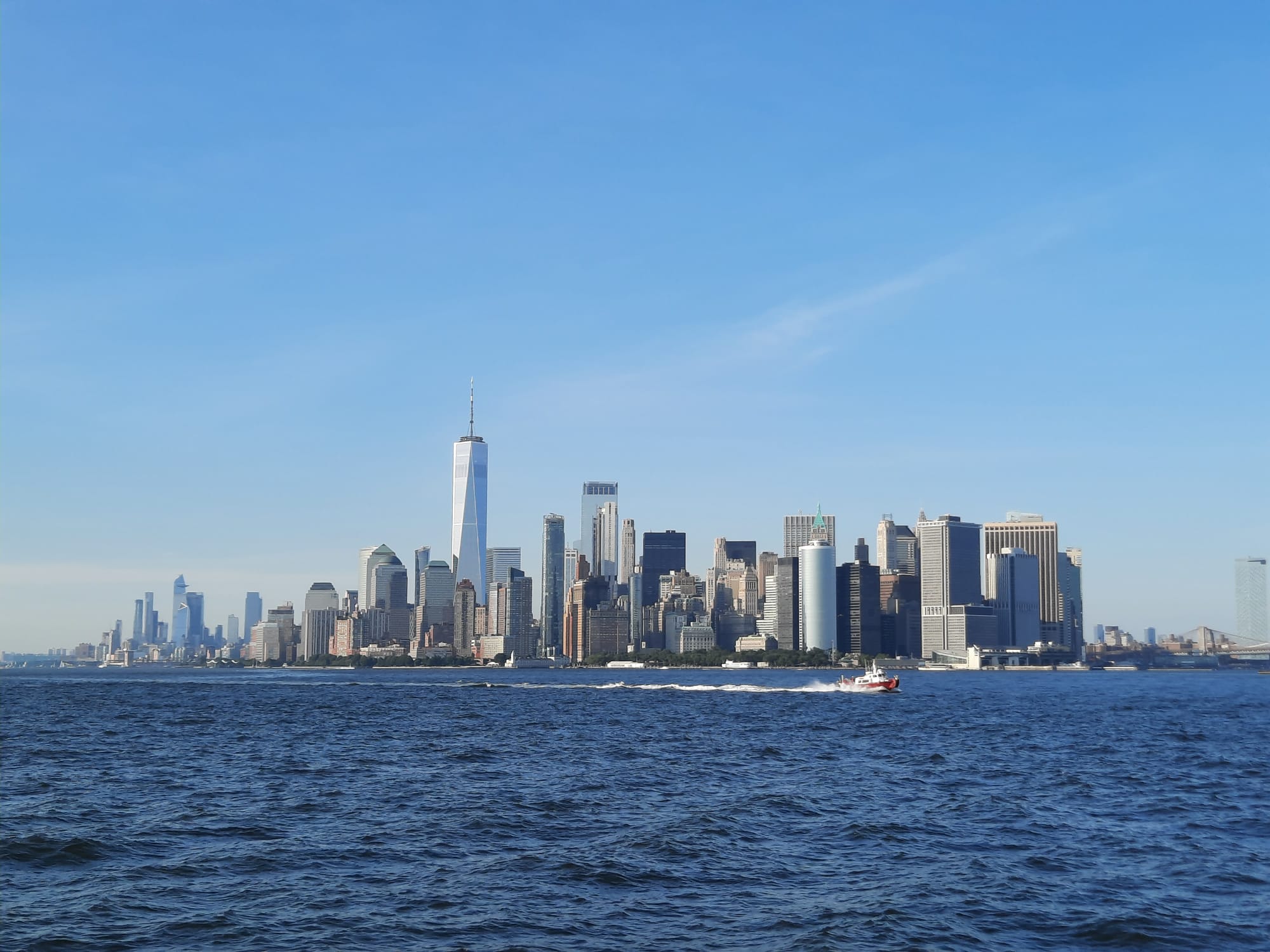The Skyscraper Museum, New York
A guest review by urban geographer Dr. David Craggs takes in Manhattan’s Skyscraper Museum. A jumping off point to explore the ever-changing city landscape.
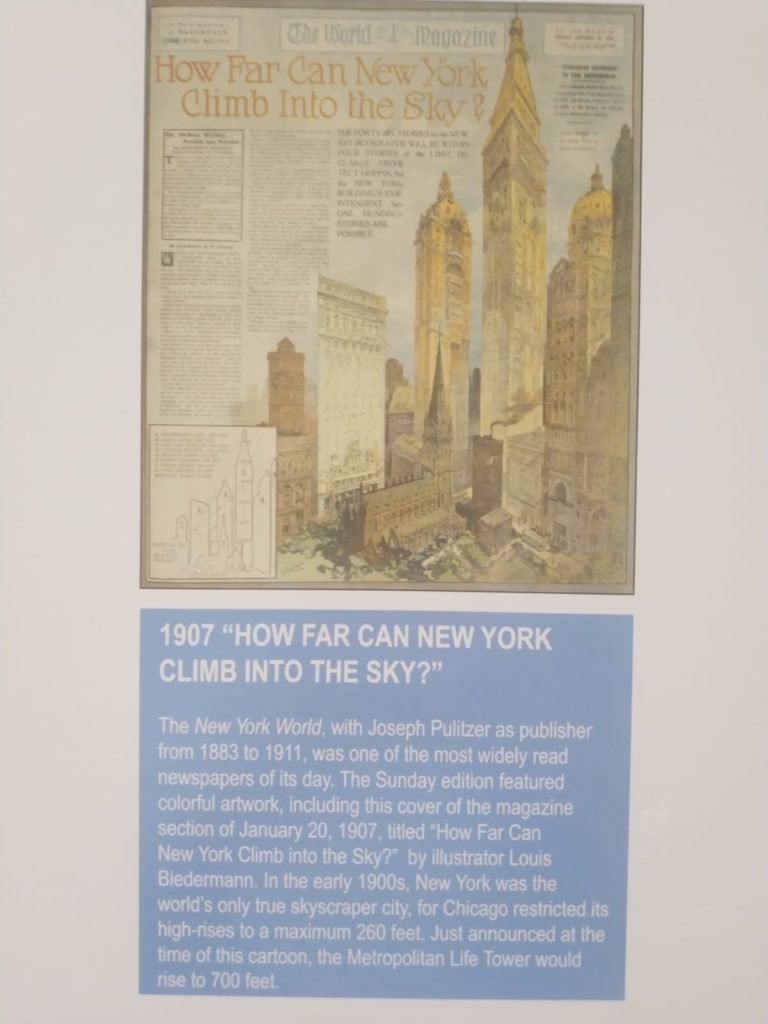
A Tale Of Two Cities
Somebody once wrote that the 2000s was the greatest ever decade for skyscraper construction in history. That was true at the time, but not so now. Over 4,600 skyscrapers were constructed during the 2010s, a 75% increase on the number constructed during the previous decade and well above the number constructed throughout the whole of the twentieth century.
Skyscrapers are built all over the place these days, even in Woking! Much of the action of course takes place in China, but it really all started in New York and Chicago. As told by its own Architecture Center, Chicago lays claim to be the true birthplace of the skyscraper, as steel frame construction took off in the city after the Great Fire of 1871. But the first properly recognisable ‘skyscrapers’ (multi-storeyed buildings that rise for 100 metres and higher, according to the Council on Tall Buildings and Urban Habitat’s definition) really appeared in New York in the 1890s.
If Chicago was the birthplace of the skyscraper, New York was the birthplace of the downtown skyline. By the early 1930s New York had well over one hundred such buildings, with some, such as the Chrysler and Empire State buildings, topping 300 metres (London has only just caught up with that!). Chicago, by comparison, had less than thirty. When viewed from a distance ‘Manhattan often looked like mountains and pinnacles, whereas Chicago … seemed more like a plateau’. The story of the rising skylines of New York and Chicago and their distinctive architectural vernaculars is that told in Carol Willis’s celebrated book, Form Follows Finance. Willis is the founder and director of New York’s Skyscraper Museum, which, for the past twenty-five years or so, has effectively been a showcase for her work.
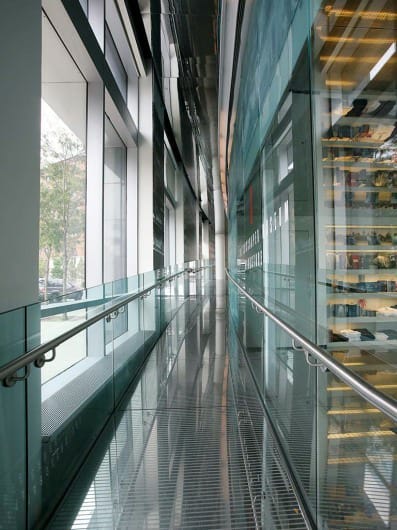
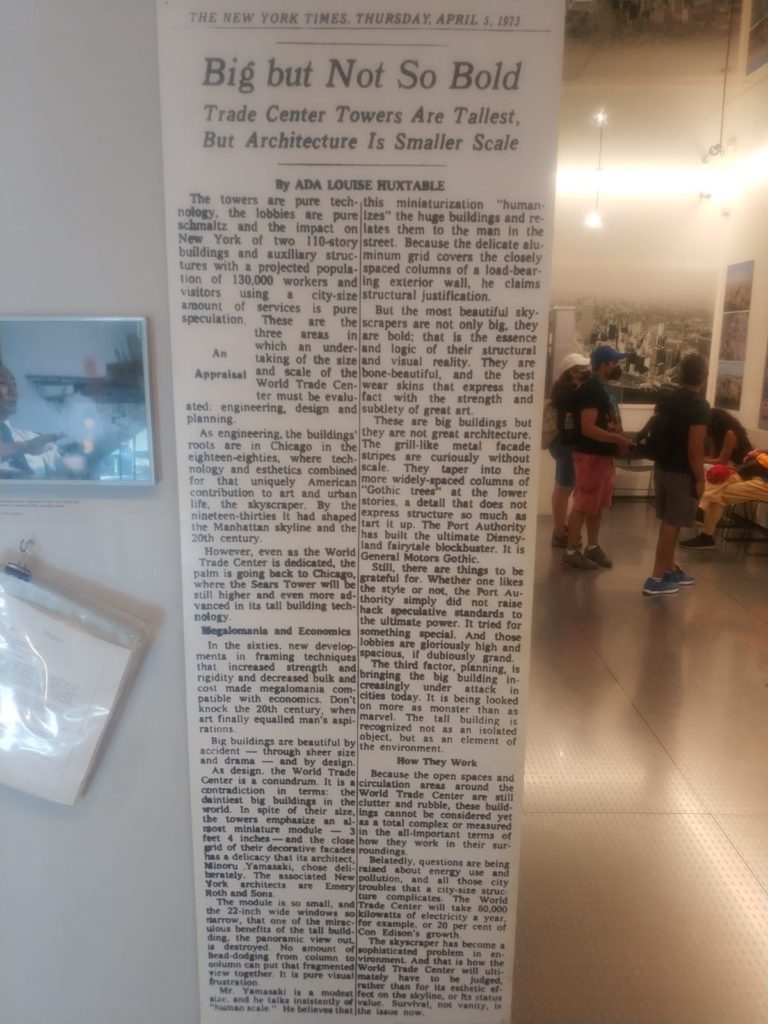
A Small Museum About A Big Subject
The Skyscraper Museum aims to tell the story of New York’s distinctive skyline, the driving forces that have shaped it and the people who made it. And it does this relatively well, particularly once you consider all its online resources and catalogues as part of the package.
It is a fairly small museum located at the southern end of Battery Park City, lower Manhattan. The area itself has an interesting history of land reclamation and mixed-use waterfront development spearheaded by the 1980s ‘World Financial Center’ project (this will look distinctly familiar to anyone who knows Canary Wharf – it was effectively a sister project by the same developer). It’s definitely worth adding time on for a wander about the neighbourhood and some great views over the Hudson. The exhibition space is therefore small but focused, cramming a lot of content into just one or two rooms.
The museum seems to be as much a research institute as exhibition space and I came away with the impression that the exhibition itself was just a small part of their offering. Indeed, their website suggests a fairly lively programme of talks, seminars, guided tours and the like but unfortunately no such events seemed to be happening when I visited. This might have been because it was midsummer, when New York can be (and in fact was) devilishly hot and humid and city folk tend to take time off. Or I might just have picked a quiet week. But I would suggest trying to combine a visit with a guided tour or curator talk, etc. as you will no doubt get more out of it – so do check out their website and perhaps plan ahead.
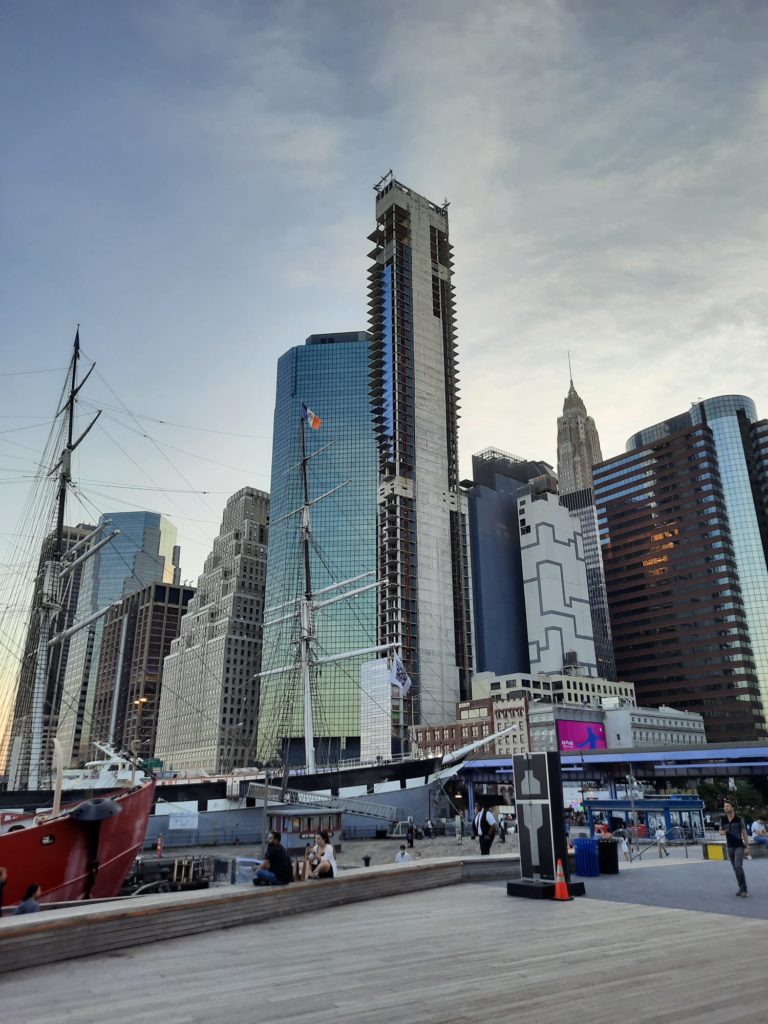
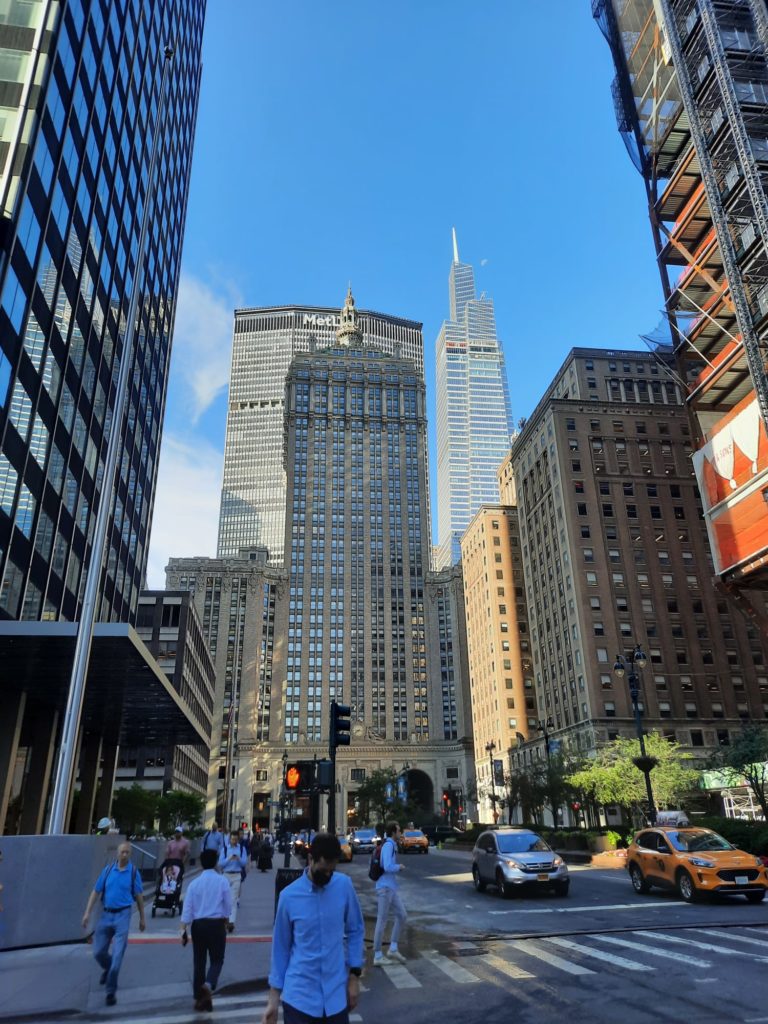
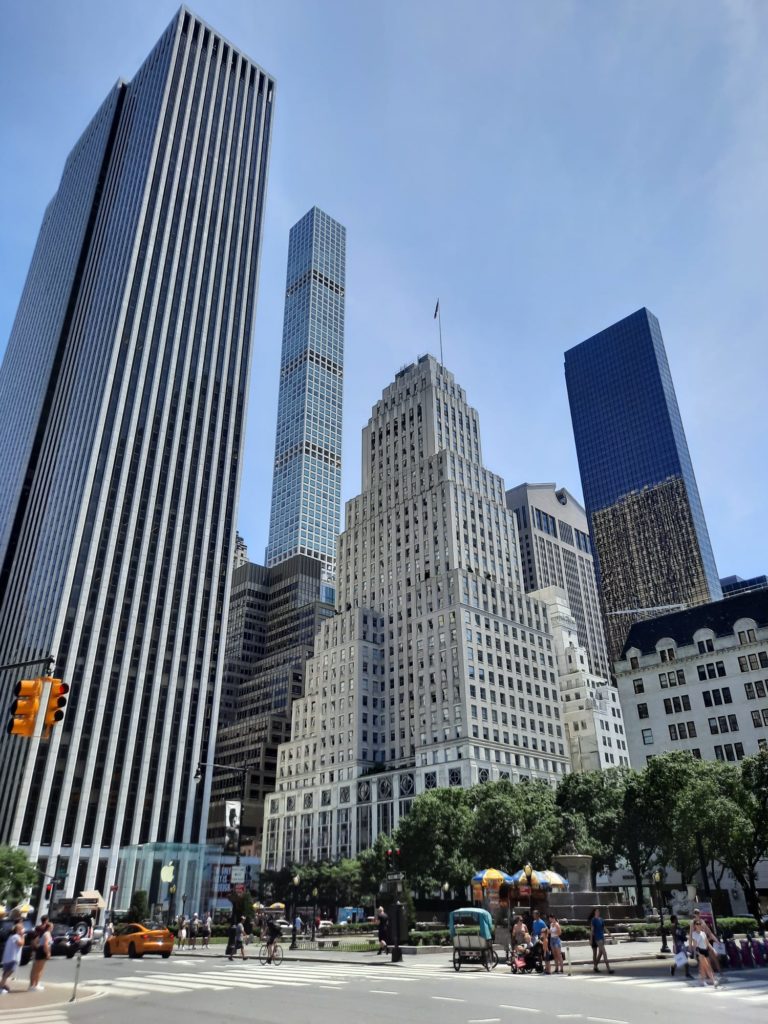
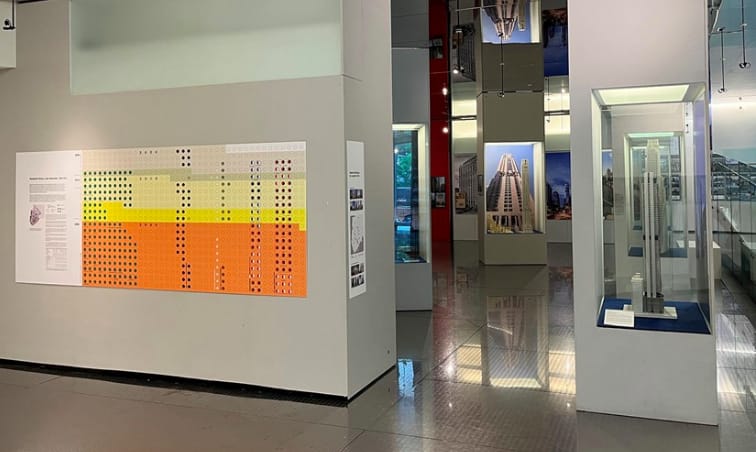
What Makes The Skyline? Architecture, Urbanism, And Some Very Expensive Apartments
Entry to the Skyscraper Museum was free at the time I visited, although pre-booking a ticket was required. There’s a permanent collection of artefacts and displays – the usual architectural models, photos, archival footage, which is all well-interpreted and gives you a good sense of skyscraper development past, present and future. The focus is primarily on New York but, perhaps inevitably given that most skyscrapers are now built outside the United States, there’s enough of a global perspective to get a sense of how the genre has mutated over the years as it has effectively become a global urban archetype.
The museum runs frequent special exhibitions. The current one is Residential Rising: Lower Manhattan since 9/11, which focuses on the current crop of very slender residential towers being built around the old financial district, and the very high prices of their apartments. Perhaps it was just me on a very hot day, but it seemed a little difficult to parse the exhibition itself from the permanent displays. There’s plenty of detail though and you do get a sense of how and why downtown has shifted its emphasis toward residential development in the years following 9/11.
Overall this is a well-curated and well-interpreted museum. Its constrained size makes for some focused content which can be further explored on the website. Given Willis’s academic interest in the subject, urban context and the spatial and financial dynamics that underpin real estate development are as much a part of the story being told here; this would be of interest to anyone who’s keen to learn more about what lies beneath the architecture itself.
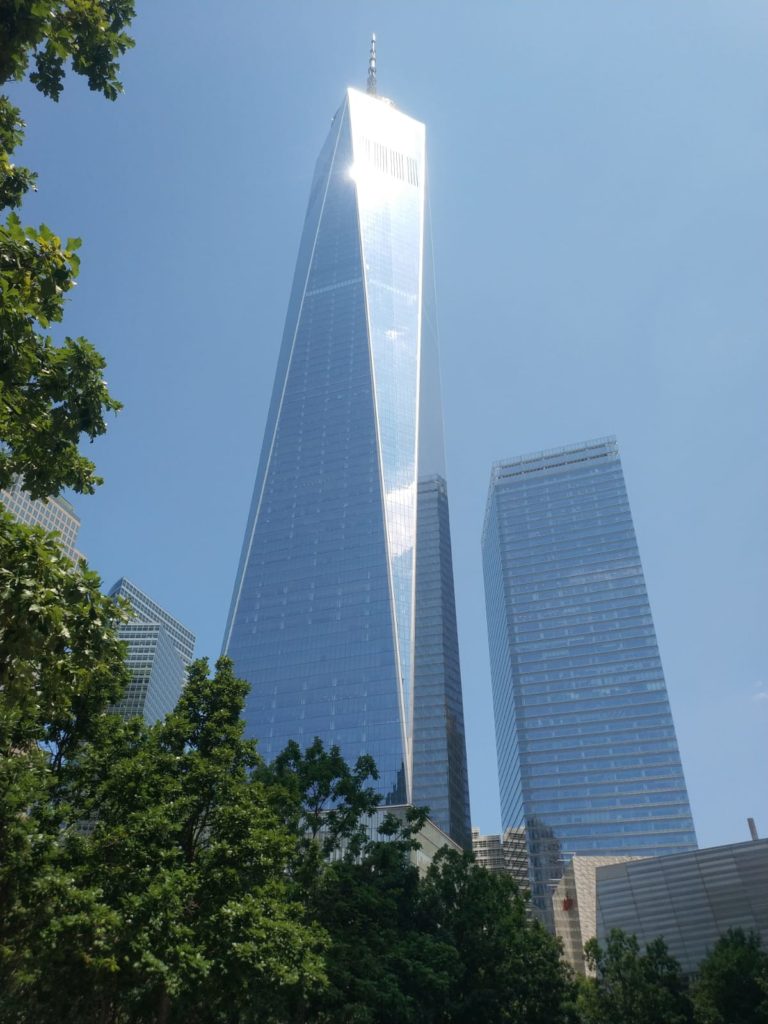
Final Thoughts On The Skyscraper Museum
I very much recommend this if you’d like to get more of a sense of how to read the landscape of Manhattan, which can seem quite overwhelming when you’re in the thick of it and don’t know where to start. Lower Manhattan is actually quite a small and easily walkable space so a visit could be easily combined with a trip to the South Street Seaport, the impressive 9/11 memorial, or even the delights of the Staten Island ferry. As I said, do consider visiting when there’s a talk or tour on offer. There’s also a small but decent bookshop that’s worth browsing.
Perhaps we can end with a final nod to Willis’s own writing on the subject, which I think encapsulates what this museum is all about:
‘The rise of the skyscraper and the development of downtowns cannot be interpreted without understanding the economic aspects of urban architecture. Cities are competitive commercial environments where buildings are businesses and space is a commodity. The principles that give them order are complex, but comprehensible, and in that, there is great beauty.’
Carol Willis (1995, pp. 23 & 182), Form Follows Finance: Skyscrapers and Skylines in New York and Chicago. Princeton Architectural Press, New York (NY).
Guest Reviewer rating: 3.5/5
Trending
If you see this after your page is loaded completely, leafletJS files are missing.

